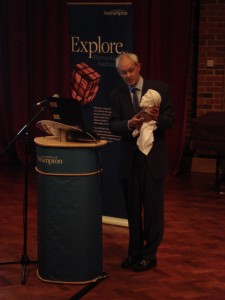
Photographing Portus
Photography has been extremely important to the Portus Project. The photographic record which has been created as we have been working on the site allows us to re-visit and interpret the excavations at many levels. As well as a vast archive of photographs depicting excavated contexts, sections and objects we also have a substantial collection of images which depict the day to day life of an archaeological excavation.
Continue reading →







